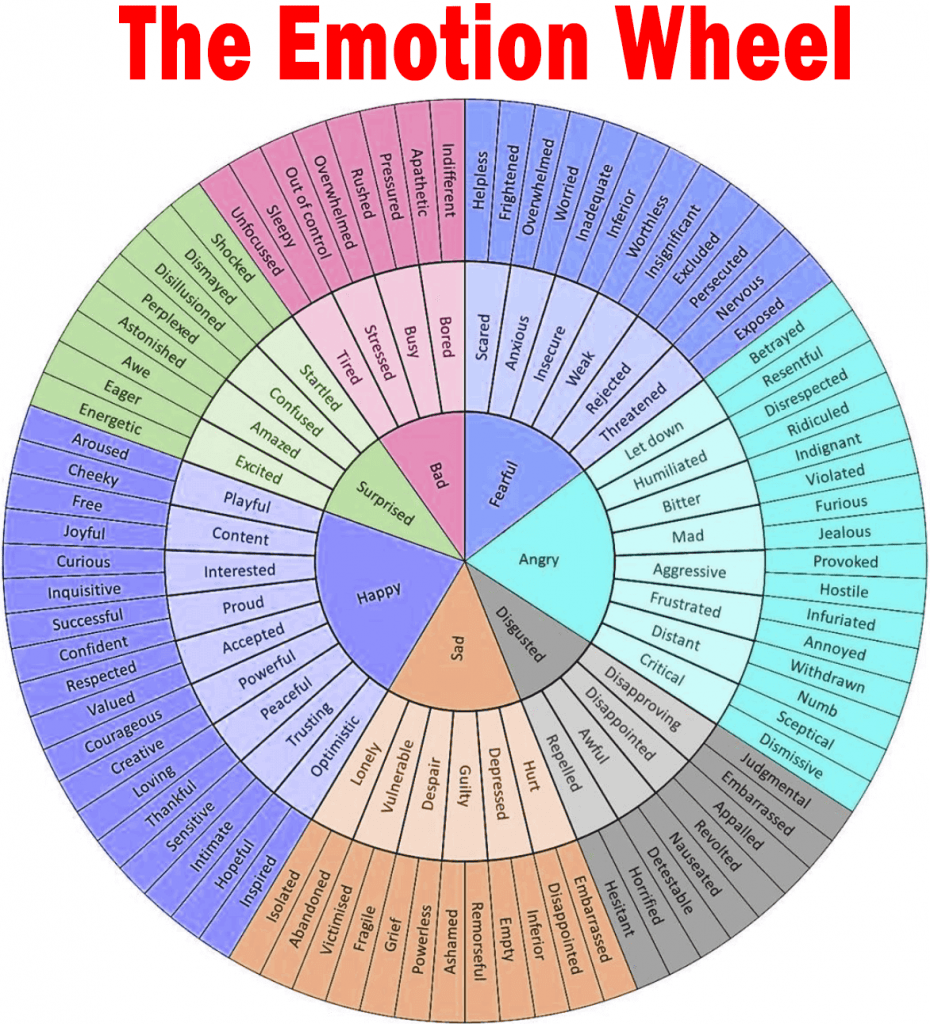

When instruments have been developed such as the Color Pyramid test, the Rorschach Inkblot test, the Lüscher Color test, the Lowenfeld Mosaic test and the Stroop test they have been designed more to interpret, for instance personality or cognitive processing, rather than allowing a subject to simply select a single color to represent their mood or disease. Furthermore we could not find a single validated questionnaire specifically designed to rapidly identify color preferences in any previous investigations. Although there is a large, often anecdotal, literature on color preferences as well as the relationship of color to mood and emotion there has been relatively little systematic research on the subject. This has led us to speculate that how patients relate their illness or mood to color might be an area worthy of further investigation.Ĭolors are frequently used to describe emotions such as 'green with envy', 'red with rage' and being 'in the blues' when depressed. Furthermore, the response was even better if the image was in color. We have recently been studying the imagery of irritable bowel syndrome and shown that patients who have an image of their condition respond better to hypnotherapy than those who don't. It may also have utility in circumstances where verbal communication may not be optimal, such as with children. The Color Wheel could be used to assess health status, mood or even treatment outcome in a variety of clinical situations.

Reproducibility was exceptionally high when color choice was recorded in positive, neutral or negative terms.

Different shades of the same color had completely different positive or negative connotations. Yellow was most often associated with a normal mood and grey with an anxious or depressed mood. Yellow was the most 'drawn to' color and blue the commonest 'favourite' color in all subjects. The circular presentation of colors was most favoured (Color Wheel). The positive, neutral or negative attribution of these colors was recorded in a further 204 healthy volunteers. 'Mood', 'favourite' and 'drawn to' colors were assessed in 105 healthy, 108 anxious and 110 depressed participants. MethodsĪ series of different presentations of four shades of eight colors and grey, as well as black and white were evaluated. This was achieved by developing a simple method of presenting a series of colors to people validating it in healthy volunteers and in individuals where color choice might be distorted, namely anxiety and depression. On reviewing the literature no such instrument was available and this study aimed to rectify this situation. For the purposes of our research programme we needed a simple, reliable and validated method for allowing choice of a color in response to a series of questions.


 0 kommentar(er)
0 kommentar(er)
